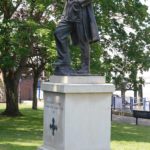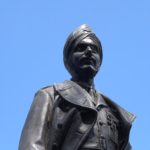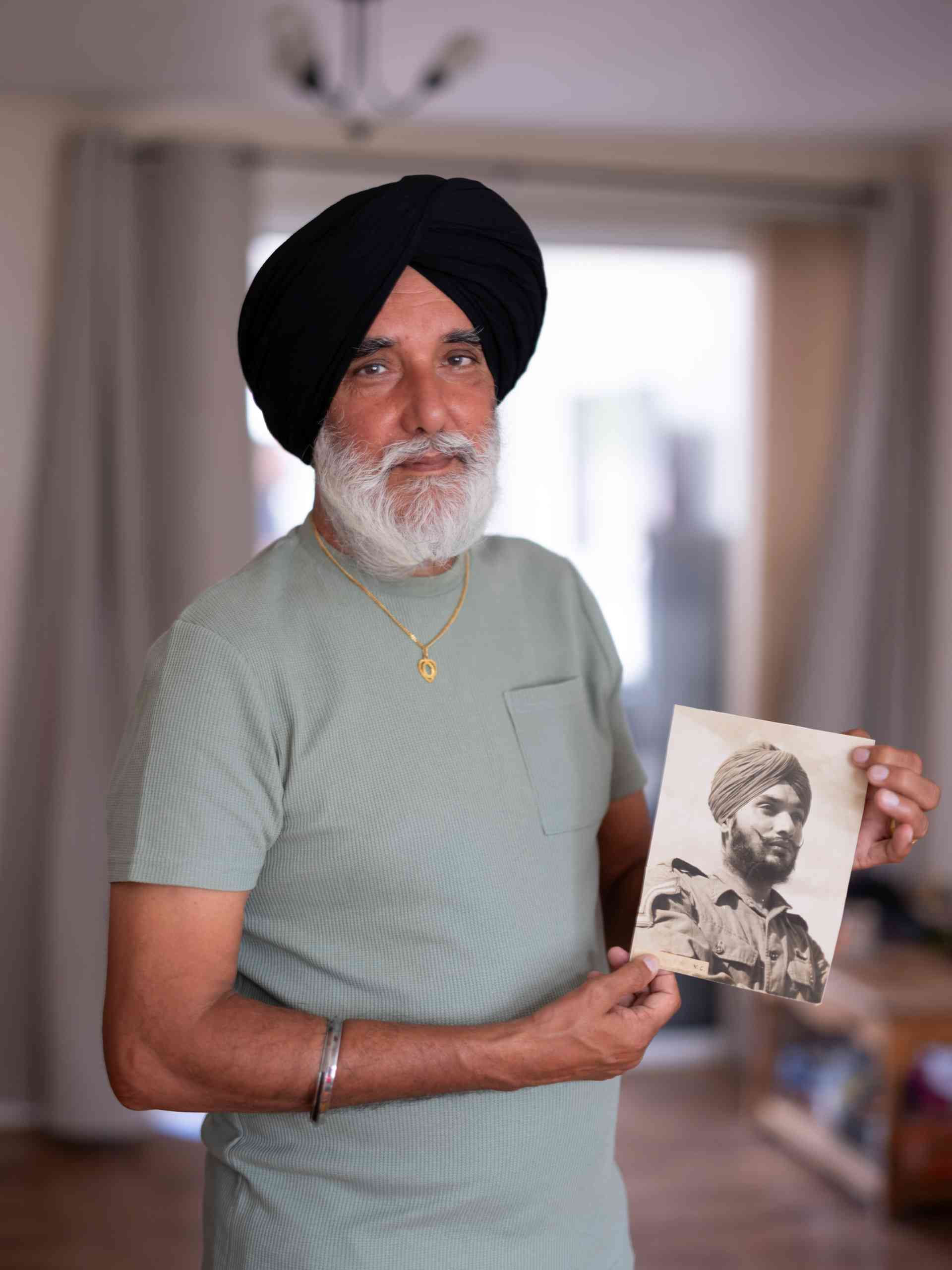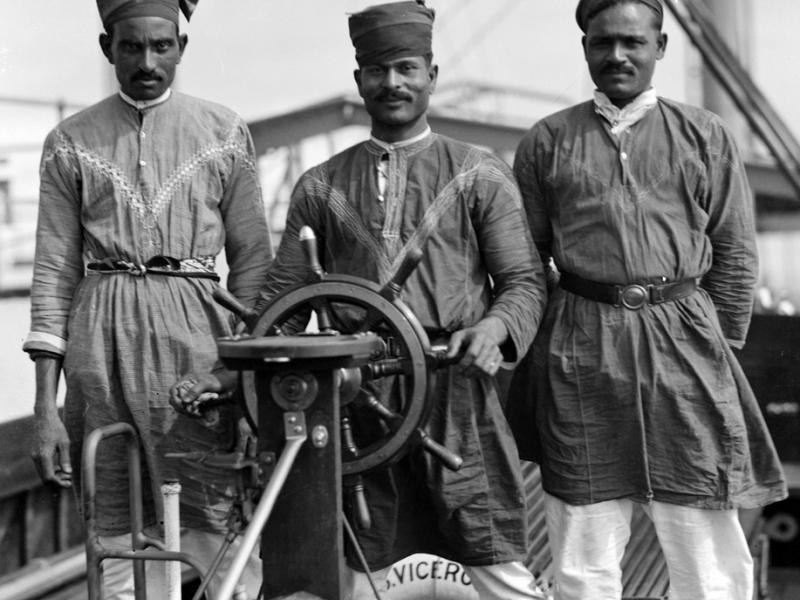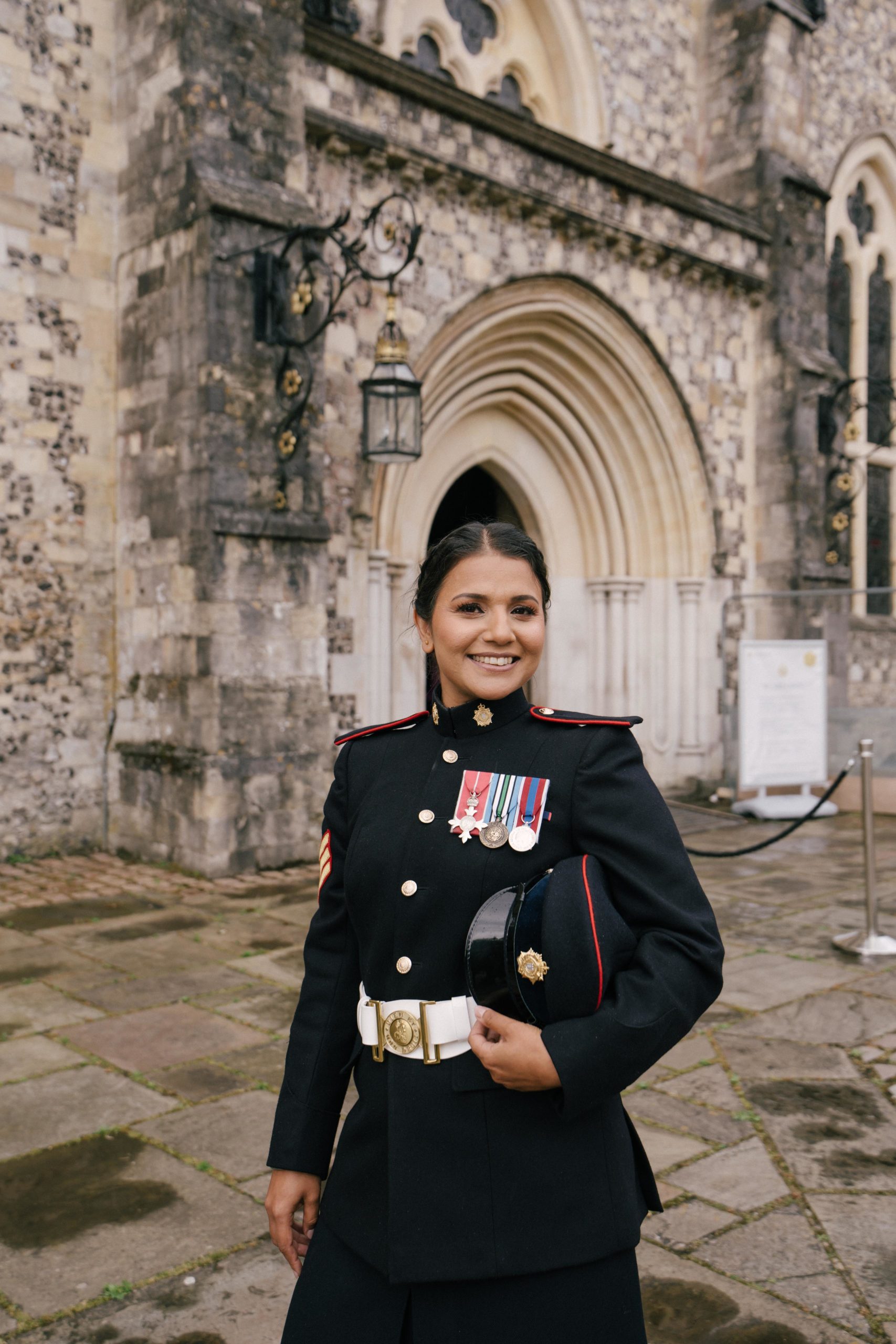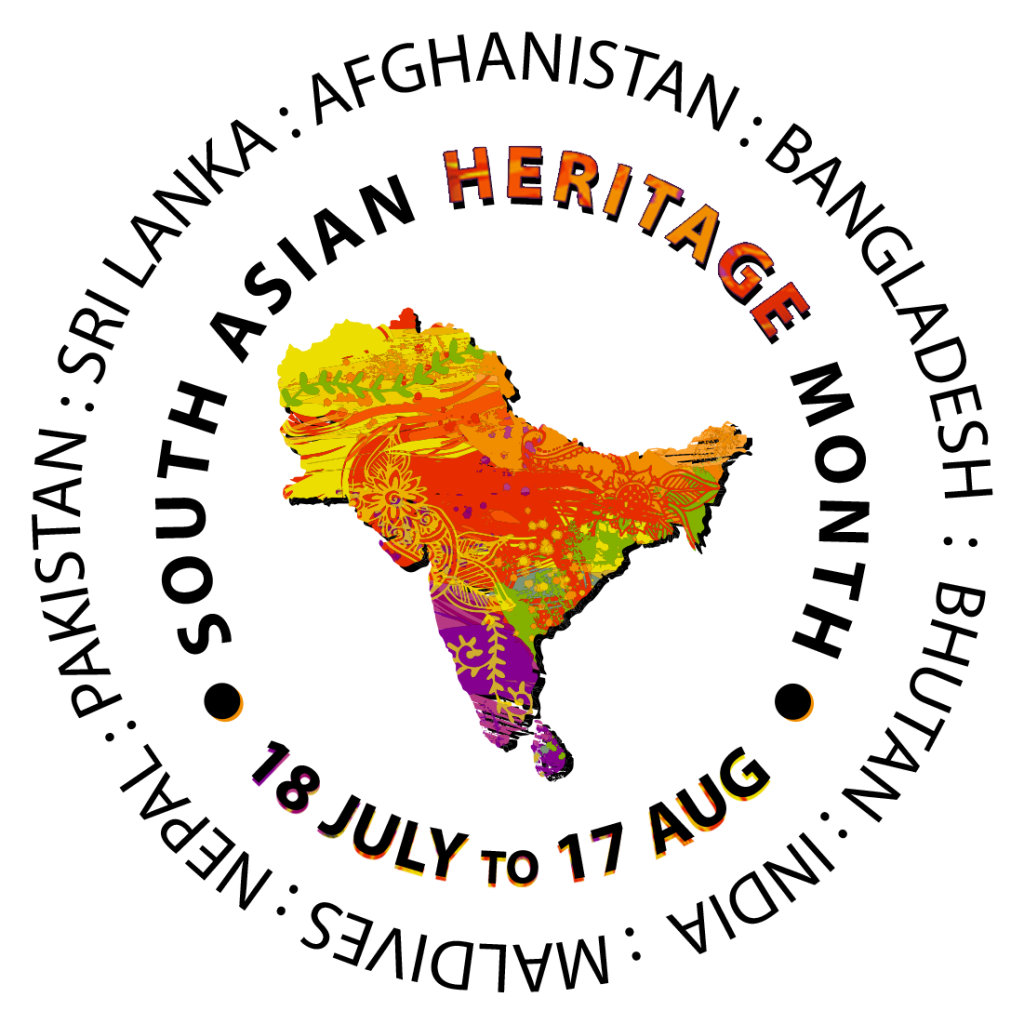As one of the first Sikh pilots to volunteer for the Royal Air Force (RAF) during the Second World War, his courage and skill earned him a place among the legends of the skies.
Born in Simla, India in 1918, Pujji came from a well-educated family. He was studying law at Bombay University when the call to serve in the war proved irresistible. Answering an ad in Indian newspapers, Pujji arrived in Britain in August 1940. He trained at RAF stations in Uxbridge alongside 17 other Indian pilots, receiving his wings in 1941. The harsh realities of war struck quickly – within a year, 12 of his comrades had been killed.
Pujji’s wartime experiences were extraordinary. He defied the odds; surviving being shot down twice. Once, after being heavily damaged by a Messerschmitt over the English Channel, Pujji was forced to crash land after his vision was obscured by oil. Though contemplating a ditch into the unwelcoming sea, he spotted the White Cliffs of Dover and miraculously crash landed, his turban even cushioning the impact. Despite serious injuries, Pujji’s resilience saw him back in the skies defending his country within weeks. Pujji wore his turban with pride, a tradition unlike many other Sikh flyers. This unwavering commitment to his faith became a hallmark of his character.
He flew combat missions throughout the war, soaring over Britain, Europe, North Africa, the Middle East, and Burma. The vast theatres of war he served in were the European theatre which included the Battle of Britain Theatre which involved the ongoing war between Japan and China, the fight to keep Burma open as a supply route, and the fight for control of India.
Arriving at a time when fighter pilots were revered heroes, Mohinder fondly recalled how his status as a pilot, combined with his unique appearance in wartime London, created quite a stir.
“I was always a chivalrous young man,” he said. “My turban became my passport for all the privileges of England… Everybody would say thank you sir for fighting for us.”
By 1944, his exceptional service saw him promoted to Squadron Leader, stationed in Burma. Here, Pujji displayed remarkable courage and leadership. When 300 American-commanded African soldiers became lost in the dense jungles, Pujji dispatched pilots on a search mission. When they returned empty-handed, he refused to give up. He personally flew a daring mission, navigating the treacherous jungle until he located the missing soldiers. Astonishingly, headquarters initially doubted his report. With unwavering determination, he flew a second time, providing undeniable proof of their location.
Pujji’s bravery was recognised with the prestigious Distinguished Flying Cross (DFC) medal. Though his service with the Indian Air Force ended due to overcoming tuberculosis, his passion for aviation remained strong. He transitioned to civilian life, even becoming a champion air race pilot in India.
The 1950s saw Pujji take to the skies in new ways, piloting gliders and carrying prestigious passengers like Indian Prime Minister Jawaharlal Nehru and US President Dwight D. Eisenhower.
He emigrated to Britain in 1974 and took up hand-gliding at the impressive age of 60. Pujji remained active in the community and even spent a day with Princess Diana in 1991. His dedication earned him recognition as a freeman of the borough of Newham and an invitation to meet HM the Queen at Buckingham Palace.
Later in life, he published a book about his wartime experiences, sharing his story with future generations. Even in his nineties, Pujji’s spirit for flight remained unbroken. He took a memorable helicopter trip to celebrate the launch of his autobiography.
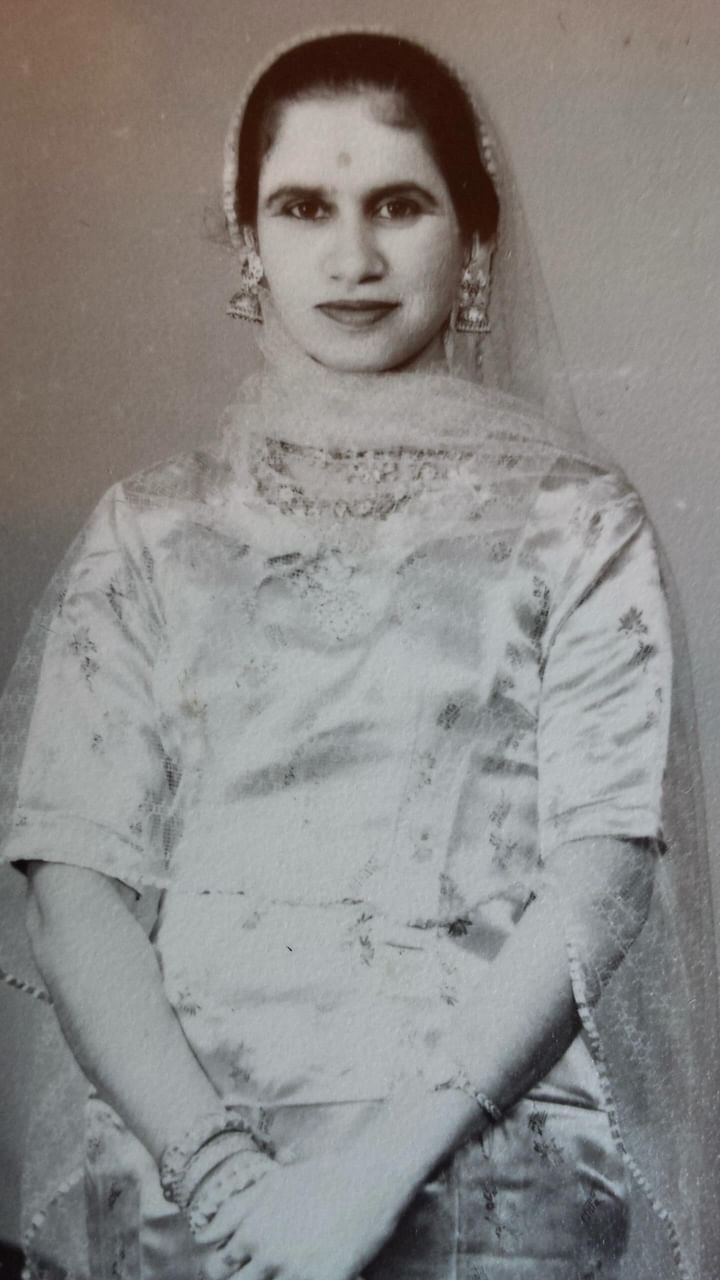
 South Asian Heritage Month dates changed to "July" from 2026 — Learn more here →
South Asian Heritage Month dates changed to "July" from 2026 — Learn more here →


